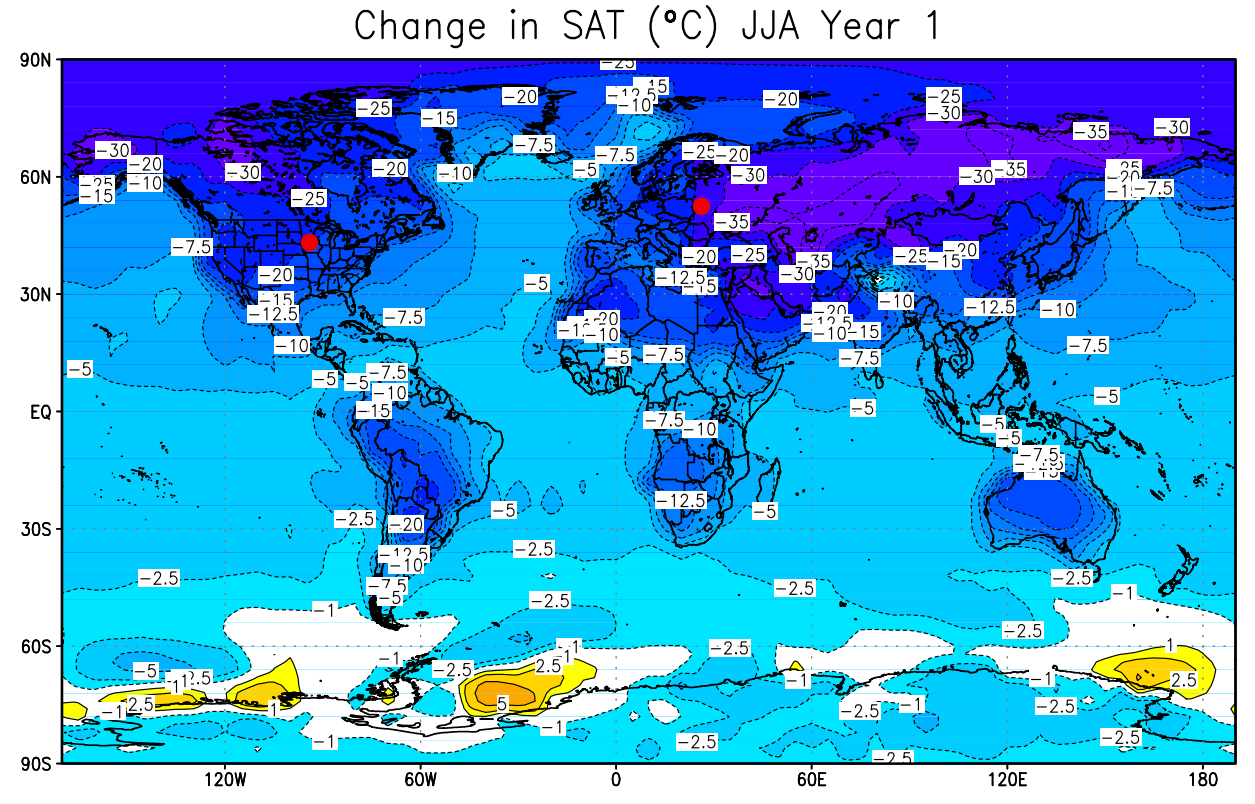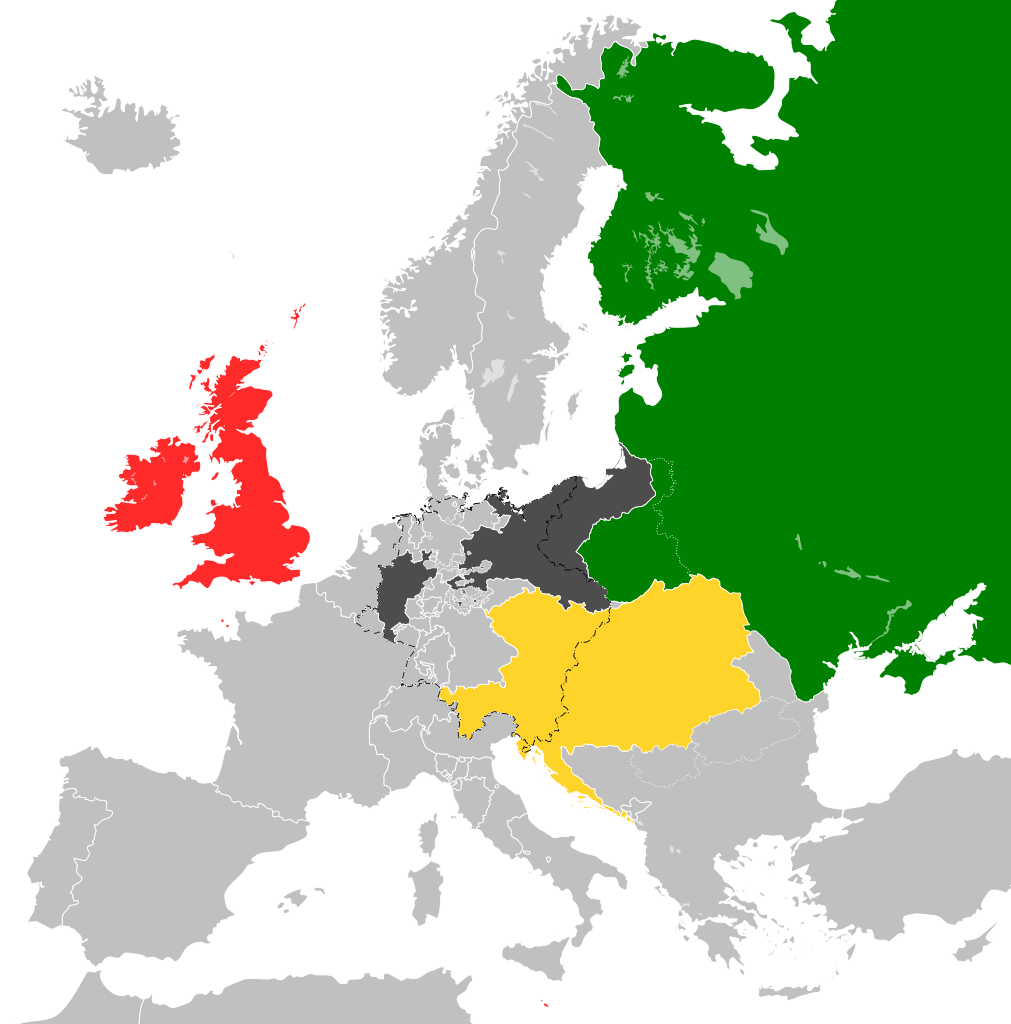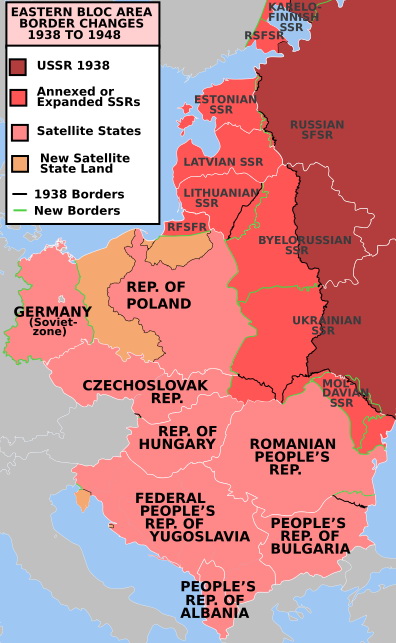Map of the Cold War
The Cold War was a geopolitical and ideological struggle that emerged in the aftermath of World War II, lasting roughly from the late 1940s to the early 1990s. It primarily pitted the United States and its Western allies against the Soviet Union and the Eastern Bloc, marked by intense political, economic, and military rivalry. The conflict was characterized by the absence of direct armed confrontation between the superpowers, earning it the term “cold.” Instead, both sides engaged in a protracted global competition, involving espionage, proxy wars, and the development of nuclear arsenals.
Below is the map of the Cold War in 1980:
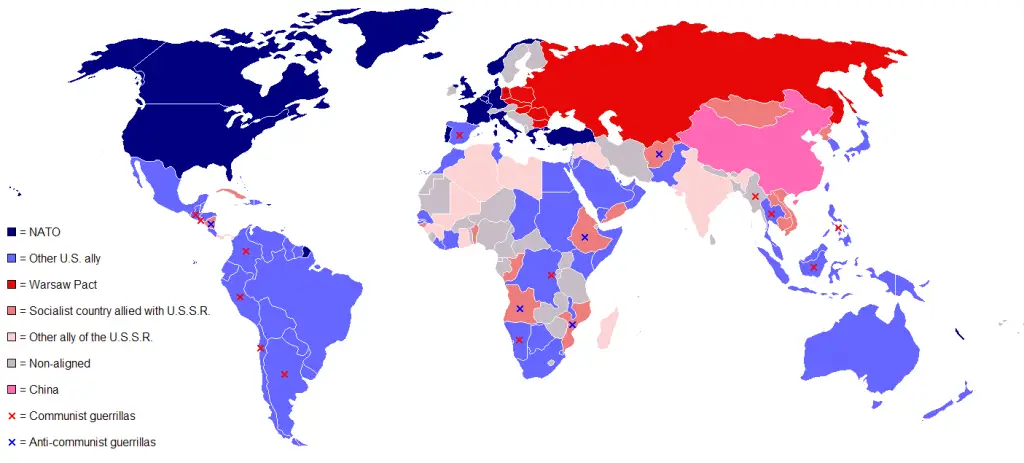
The ideological clash between capitalism and communism, coupled with the quest for global influence, shaped the Cold War era. Notable events included the Cuban Missile Crisis, the Korean War, the Vietnam War, and the construction of the Berlin Wall.
While the map above gives us a snapshot of the world in 1980, it’s fascinating to see how the Cold War’s impact lingered even after its official end. Recently, I came across an intriguing map created by Reddit user Savesodhi that illustrates how the Cold War’s divisions have persisted in some ways:
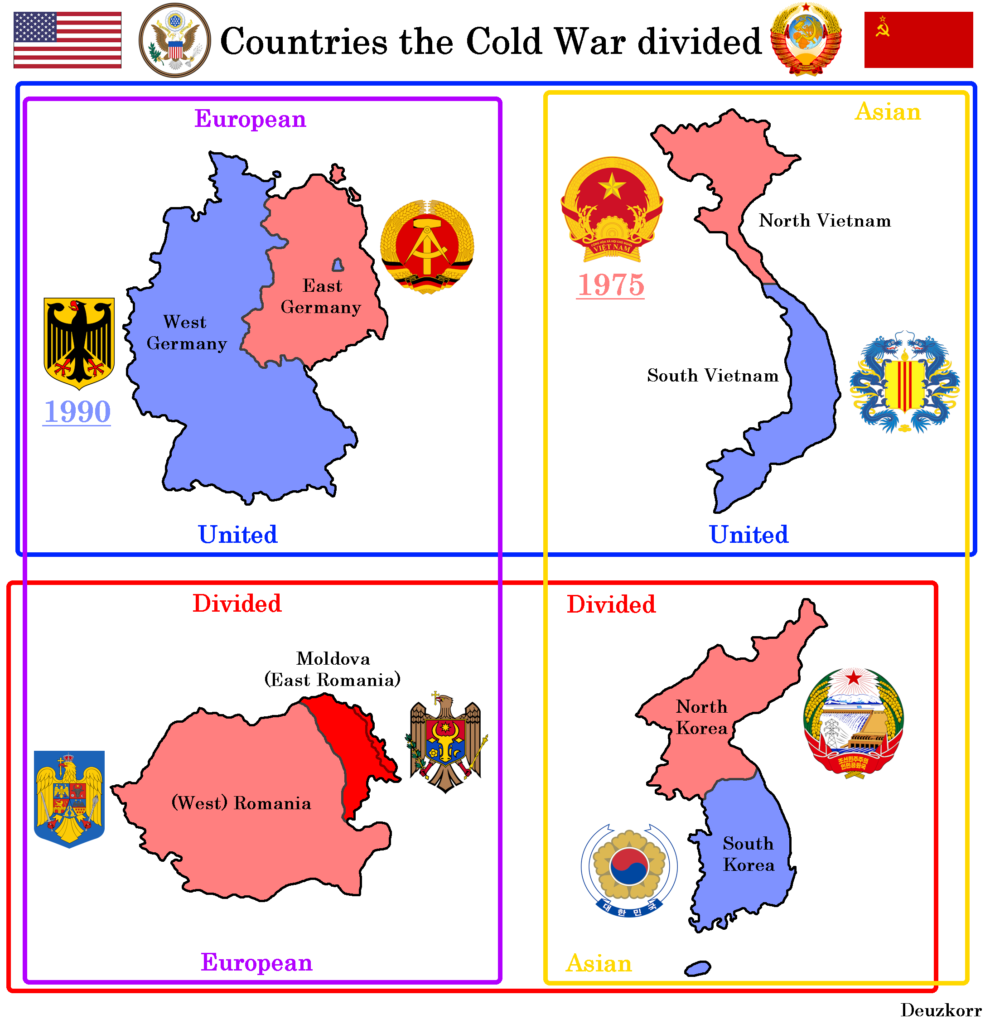
This map offers a unique perspective on the Cold War’s long-lasting effects. It shows how some nations, particularly in Eastern Europe and parts of Asia, still grapple with divisions rooted in Cold War-era allegiances and ideologies. It’s a stark reminder that even decades after the fall of the Berlin Wall, the echoes of this global conflict continue to shape international relations and internal politics in many countries.
The Cold War came to an end with the collapse of the Soviet Union in 1991, symbolized by the fall of the Berlin Wall in 1989, ushering in a new era in global geopolitics. However, as Savesodhi’s map demonstrates, the legacy of this period continues to influence our world today.
To learn more about the Cold War and its lasting impact, I recommend checking out these insightful books available on Amazon:
- “The Cold War: A World History” by Odd Arne Westad
- “Who Can Hold the Sea: The U.S. Navy in the Cold War 1945-1960” by James D. Hornfischer

